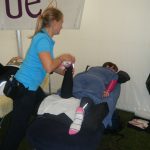Being in the seated position for many hours a day creates tension in many areas.
Here are some simple stretches which will help to open the areas which get tight when we sit for long periods of time. Ensure all stretches feel good, rather than painfully intense and hold them for 30-60 seconds. Check out the video below, showing these stretches in action.
Upper Trap (side neck/top shoulder) – roll shoulders back and down,  then tilt head to the right (ear to shoulder) feeling the stretch in the left side of the neck (vice versa for the other side). Extend the stretch by placing your right hand on your head and applying a little pressure. Transfer the stretch into the back and side of the neck by bringing your head forwards a little. Find the bit that feels tightest and hold that position.
then tilt head to the right (ear to shoulder) feeling the stretch in the left side of the neck (vice versa for the other side). Extend the stretch by placing your right hand on your head and applying a little pressure. Transfer the stretch into the back and side of the neck by bringing your head forwards a little. Find the bit that feels tightest and hold that position.
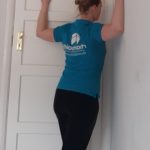 Pecs (chest) – using the corner of a room; raise your arms to the side and bend your elbows to 90degrees, place forearms and hands on the wall and gently press in towards the wall. Vary the position of the hands up and down to stretch the different areas of the pectoral muscles.
Pecs (chest) – using the corner of a room; raise your arms to the side and bend your elbows to 90degrees, place forearms and hands on the wall and gently press in towards the wall. Vary the position of the hands up and down to stretch the different areas of the pectoral muscles.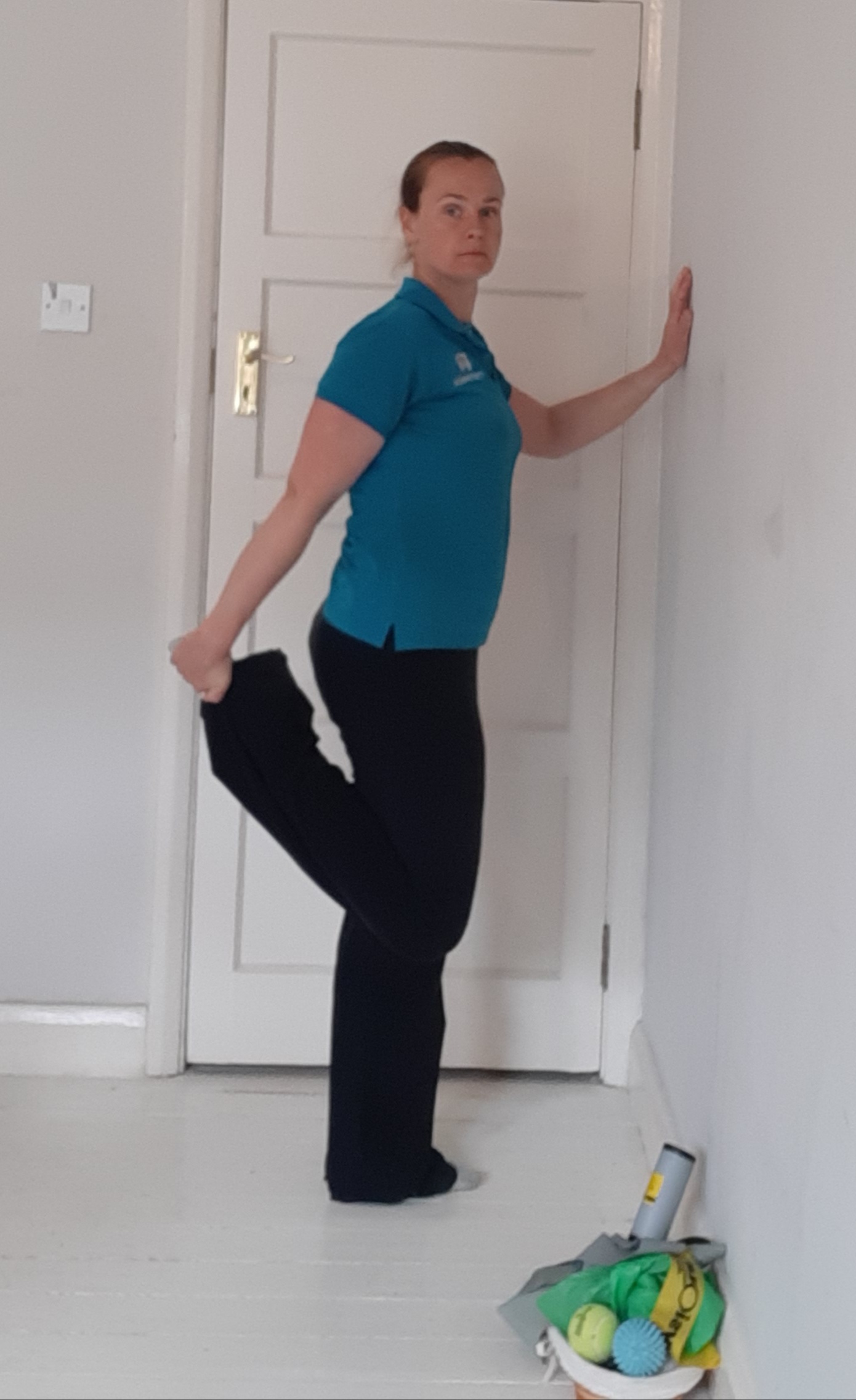
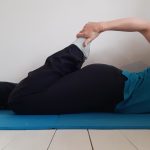
Quads (front of the thigh) – stand up and bring one heel up towards your bottom, holding the ankle with your hand if you can. Keep your knees together, body upright and spine straight. If unable to reach round to the ankle, try it lying down using a belt or exercise band to pull the foot towards your bottom. Or if you have company, ask someone to move your foot for you, while you relax.
Hip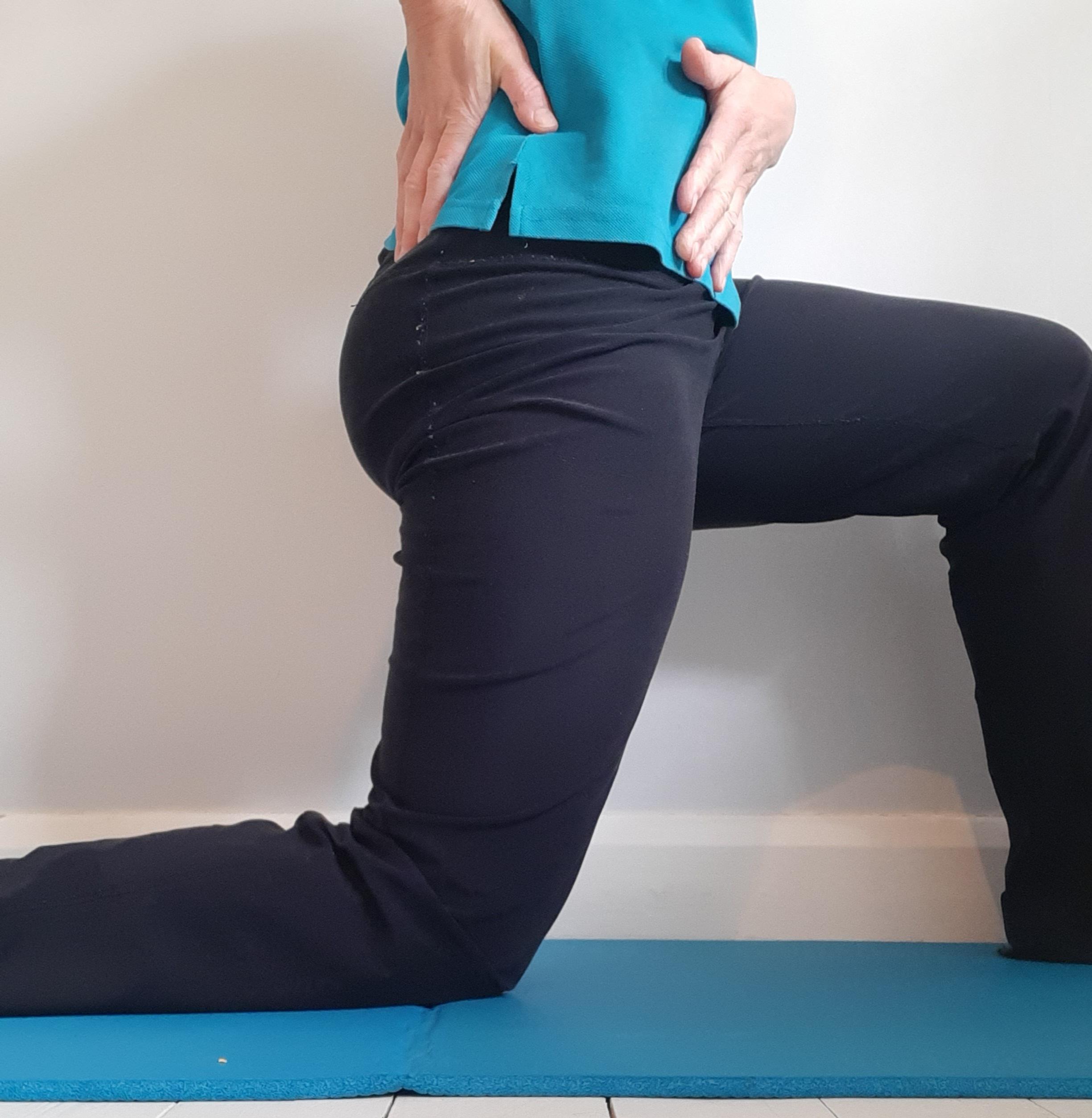 Flexors (deep into the front of the hip) – Start kneeling and take one foot forwards, creating a right angle at the knee. Keep your body tall and straight. To feel the stretch push forwards into the front knee, moving the front foot forwards so your knee doesn’t go past your toes. Don’t let your lower back arch – you will lose the stretch. Keep your tummy zipped up and low back straight. You may feel the stretch in the upper part of your thigh and deep into the front of the hip.
Flexors (deep into the front of the hip) – Start kneeling and take one foot forwards, creating a right angle at the knee. Keep your body tall and straight. To feel the stretch push forwards into the front knee, moving the front foot forwards so your knee doesn’t go past your toes. Don’t let your lower back arch – you will lose the stretch. Keep your tummy zipped up and low back straight. You may feel the stretch in the upper part of your thigh and deep into the front of the hip.
Upper back Roll – if you have a roller this is great for easing the upper back tension created by sitting for hours. Place the roller against a wall, lean against it with your upper back. Have your feet one in front of the other so you can apply pressure, while you lift and sink using your knees. Try to relax you chest and arms. Work up and down the mid to upper back, keeping the pressure so that it feels good and not painful. Try 1 minute of rolling, stop, move around and roll a bit more if needed. (Sorry no Picture)
Perhaps try to fit these stretches into your day on a regular basis. Take a break, stretch while you let the kettle boil! Keep moving and keep well.
Video on YouTube showing these stretches and more in action.
There are many more options for ways to stretch these areas, so please do get in touch if you’d like some specific assistance.
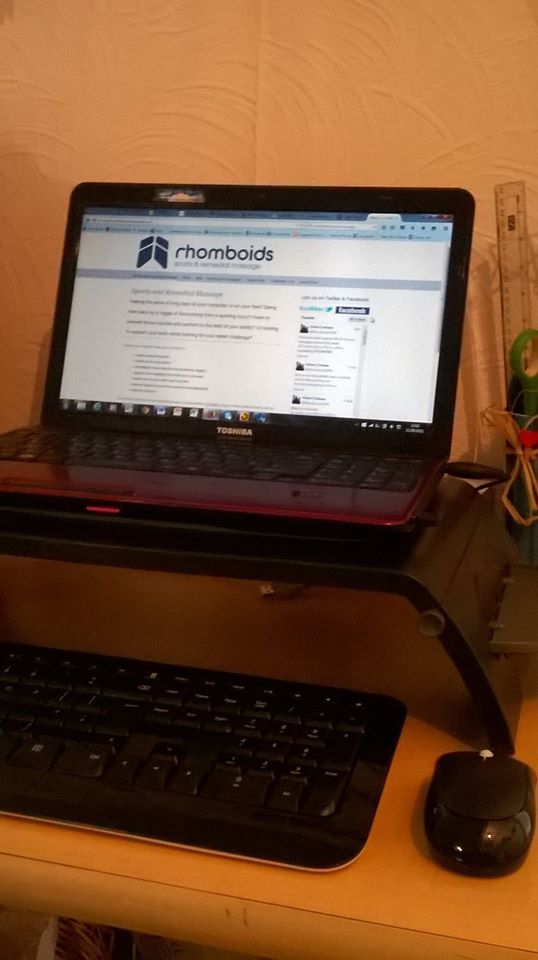 the table. Don’t work from a coffee table, while sitting on the sofa – your back, neck and hips will not love this!
the table. Don’t work from a coffee table, while sitting on the sofa – your back, neck and hips will not love this!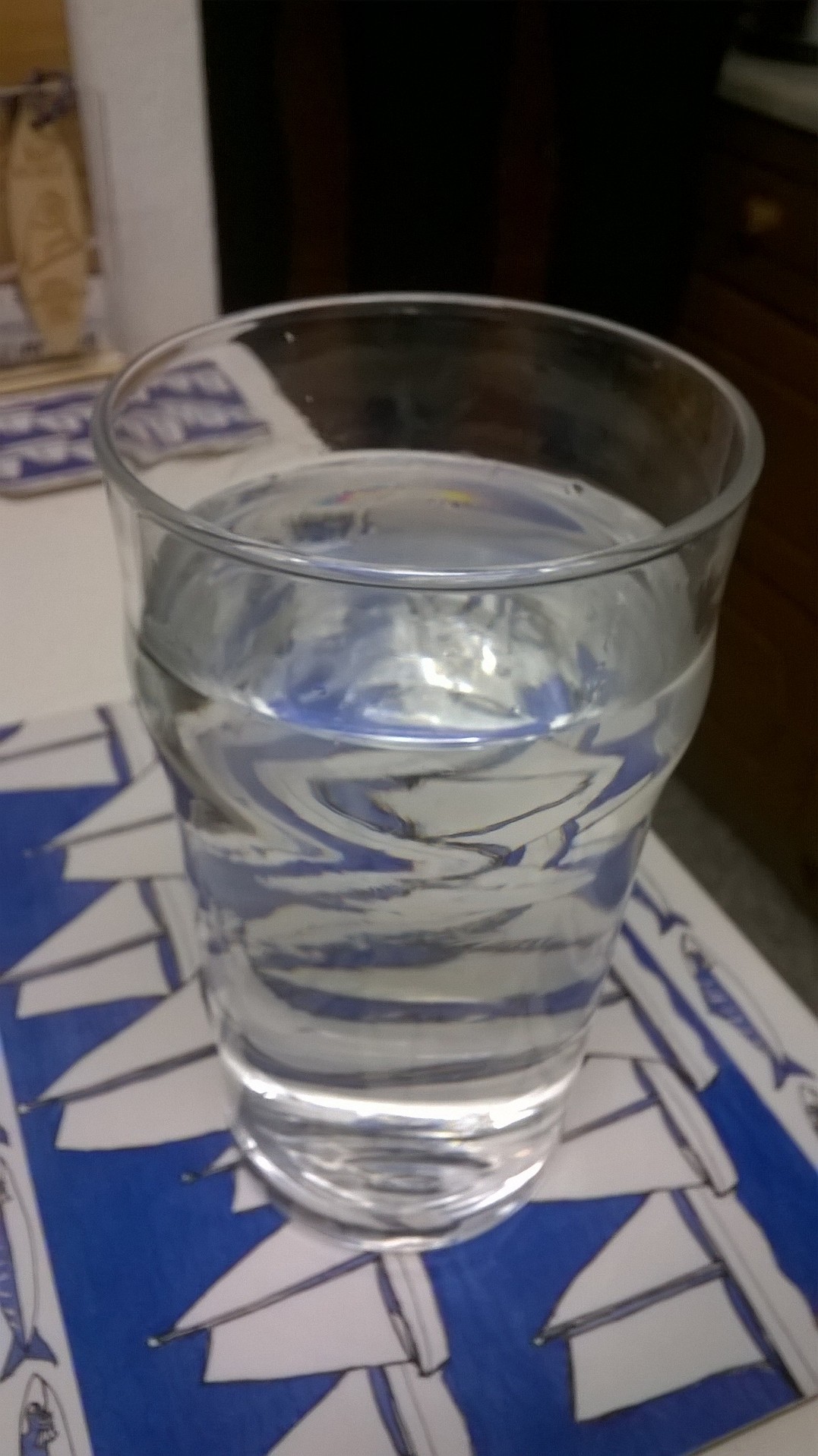 ur watch when it tells you to move.
ur watch when it tells you to move.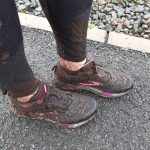
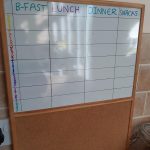
 self-clean!
self-clean!